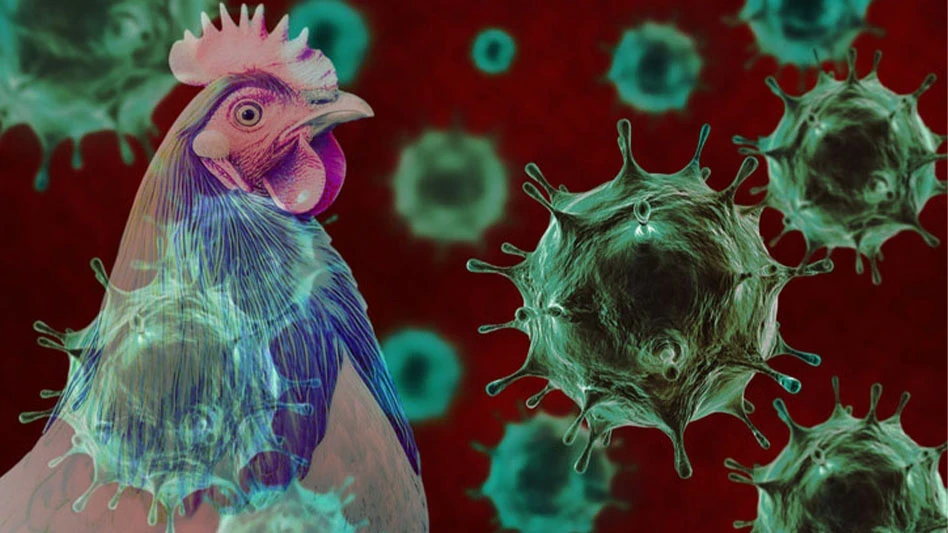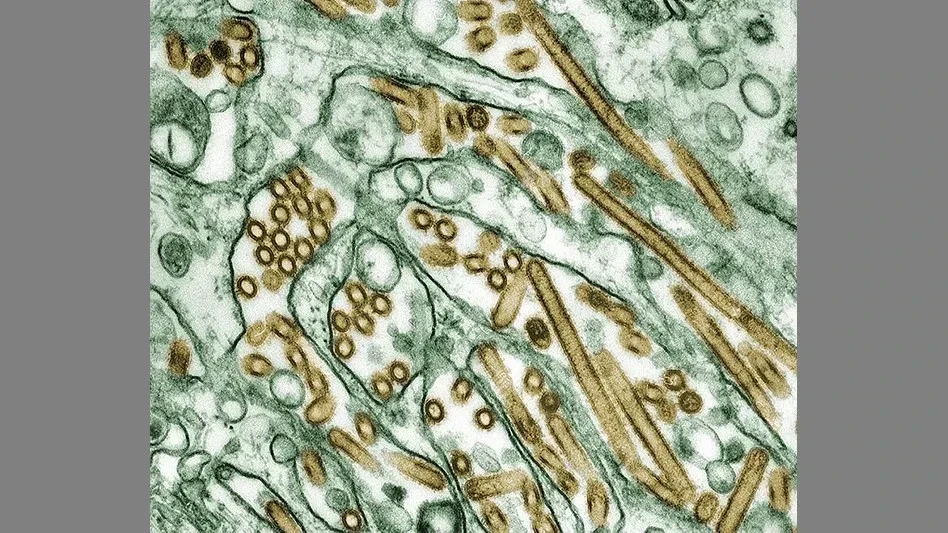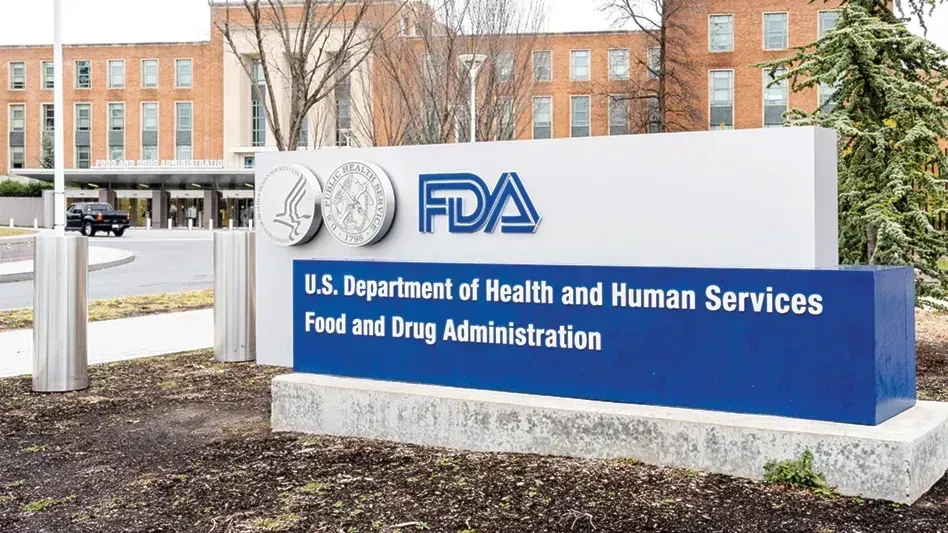
First there was Siri, who could check the Internet and verbally answer your questions or direct you to a website. Then Alexa came along, who not only answers your questions, it can turn off your lights, turn down the thermostat, and even be a virtual companion, responding to “Alexa, good morning” or even “Alexa, tell me a joke.” Now we have Nest – not only can it adjust your thermostat, it will learn your schedule and sync with your phone to know whether or not you are home.
Pretty cool, maybe a little scary. But this Internet of Things (IoT) is today’s world and it will only keep evolving.
Imagine any electronic device in your home able to communicate and interact with any other device and be able to tell its status to any person or machine who has rights to it, said George Westerman, principal research scientist with the MIT Sloan Initiative on the Digital Economy. Westerman is faculty director of MIT Sloan’s self-paced online course, “Internet of Things: Business Implications and Opportunities”.
Now think about all the machines, sensors, parts, products, and packaging in a food facility — and throughout the supply chain: “IoT is what will connect it all,” Westerman said. “Things that would normally have a bar code will be talking to you, or to each other, or to the store’s inventory and cashier systems.” And because it’s not based on a bar code, it doesn’t have to be scanned. Issues of traceability — such as the inability to track or recall Romaine lettuce implicated in the recent E. coli outbreak will be a thing of the past. IoT will enable tracking of every component and its provenance — without scanning.
Within the plant, IoT will enable predictive maintenance of equipment similar to current non-industry applications such as the Williams’ race team use of IoT to track every component of its Formula One cars, and the semiconductor manufacturer using IoT to detect and correct unwanted vibrations that could reduce manufacturing quality.
FROM THE TONGUE. “Leveraging technology, predictive analytics (PA), and artificial intelligence (AI) are definitely the future of food,” said Specialty Food Association President Phil Kafarakis. “It can create an ecosystem from the tongue to manufacturing, to manage your end-to-end production cycle.”
That is, Kafarakis explained, there are tools that manufacturers are deploying to understand the consumer, such as the company which asks website visitors to answer questions on their preferred flavor profiles, how they like to interact with food, etc. This then “spits out a blueprint of their tongue,” he said.
Or those that partner with retailers to marry technology with shoppers so a purchase triggers an inventory report to replenish stock.
There are even restaurants whose technology is so predictive that, when the server enters a diner’s order into the computer, it automatically compiles the ingredients for the meal and notes it in the inventory report. Not only does this enable the restaurant to track its inventory, it can connect with the back end, enabling suppliers to understand consumption trends and plan their production and shifts accordingly.
“All these tools are now being connected, and that connectivity is the ‘Aha!’ — the magic,” Kafarakis said. “It all ends up on the plant floor, because that’s where it starts.” When you can incorporate predictive analytics, you can plan your production and scheduling. The ability to bring all this together end to end bridges the supply chain, creating a digital path to purchase, Kafarakis said.
While the cost of a new technology can be off-putting, it is its newness that makes is costly. To explain, Westerman referenced Moore’s Law — an observation made decades ago by Intel co-founder Gordon Moore that computer power doubles every 18 to 24 months at the same cost. To put it another way, in five years, today’s technology will be about 10 times cheaper than it is now, and in 10 years it will be about 100 times cheaper. For example, he said, “Today’s iPhone is as powerful as the Cray computer we used for military simulations in the 80s.”
A CHANGING MINDSET. While this all provides a positive outlook for the industry, “the technology isn’t the hard part; it’s getting your organization to use it,” Westerman said. “IoT gives you the ability to know the state of everything moving around your supply chain all at once. If you could do that cheaply, how would you do it? It will take someone inside rethinking your process or someone outside pushing it.”
There also tend to be objections to the implementation of smart technology based on a fear of the impact on jobs. “If you’re doing a routine job, a computer will be doing it soon, so it’s time to prepare yourself for something different,” Westerman said. But, he said, technology can take over the jobs people don’t want to do, enabling them to do more interesting work or do their current jobs better.
This also can require movement of personnel. “One thing that will be very difficult is getting the appropriate talent in the right places,” Kafarakis said. There needs to be a shift in mindset, with management and workers having increased familiarity with how technology fits into the plant practices.
It also requires a shift in process and output thinking with a new focus on absolute sustainability of process rather than on the number of products produced in the process. Thus, Kafarakis said, “You will need the ability to balance this with yield and speed in the plant.”
As the abilities and adoption of predictive analytics and IoT continue to expand, the legislative environment also is putting pressure on the industry to adapt. As such, Kafarakis said, “You need to be aware of how technology fits into regulatory compliance.” ISO processes may become mandated; regulations may require certain allergen detection requirements; etc. And as those things change, he said, food safety parameters will be an area that will need new technology, causing a major impact upstream and down.
ADDRESSING THE CHALLANGES. Thus, there are challenges that will come with the benefits of the evolving world of technology, including adapting to the changing standards, putting in an infrastructure to support the new way of doing business, and ensuring security once everything is connected. Greatest of all, is often the challenge of addressing the lack of vision of what IoT can do, then getting your organization to make the change.
But the change is coming, one simply need look at the last decade to anticipate the next. It’s hard to believe that the iPhone has been in existence only since 2007; but by the end of 2012, one billion smartphones were in use worldwide.
Think back to the time you could only imagine a “smart” phone and having everything at your fingertips. “Now we can’t live without them,” Westerman said. “IoT will do similar things with the supply chain and other complex situations.” Citing former IBM CEO Sam Palmisano, he said, “The hard stuff (technology) is easy; it’s the soft stuff that’s hard.”
Get curated news on YOUR industry.
Enter your email to receive our newsletters.

Explore the February 2018 Issue
Check out more from this issue and find your next story to read.
Latest from Quality Assurance & Food Safety
- Penn State Course Covers Fundamentals of Food Science
- Joint FAO/WHO Expert Committee on Food Additives Seeks Experts
- FDA Reschedules Webinar on Updated ‘Healthy’ Claim
- Thousands More Laid Off at FDA, CDC in HHS Restructuring
- USDA Extends Deadline on Request for Information for Poultry Quality Standards
- Dessert Holdings Issues Allergy Alert on Undeclared Pecans in Favorite Day Cheesecake
- Idaho Smokehouse Partners Recalls Beef Sticks Due to Possible Foreign Matter Contamination
- IDFA Leadership Symposium Set for June 23-26






